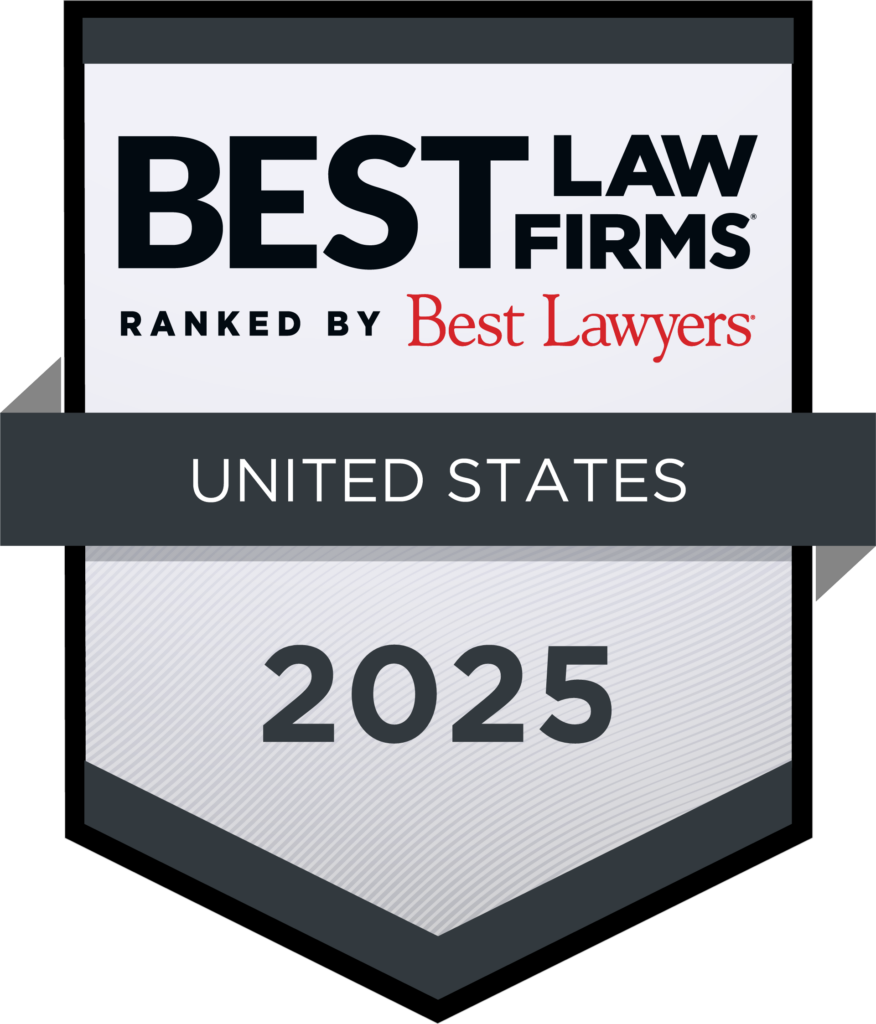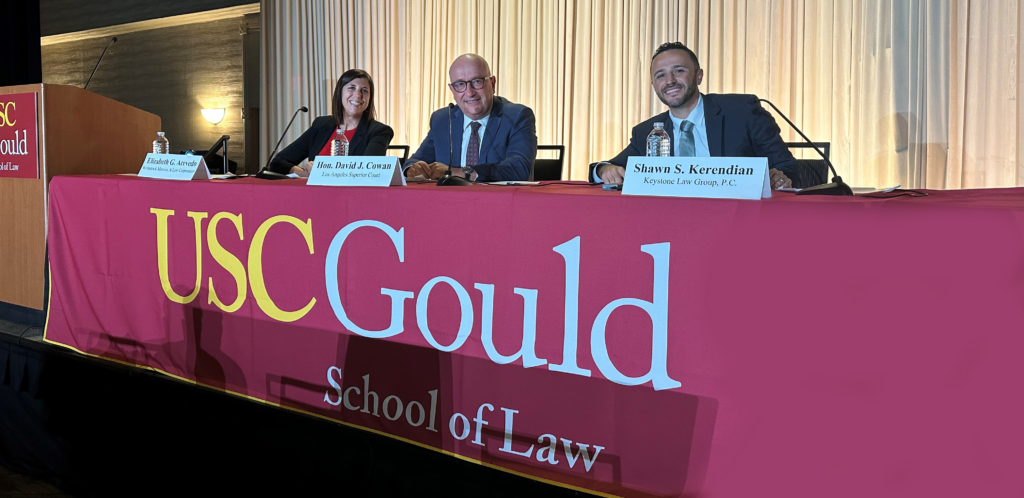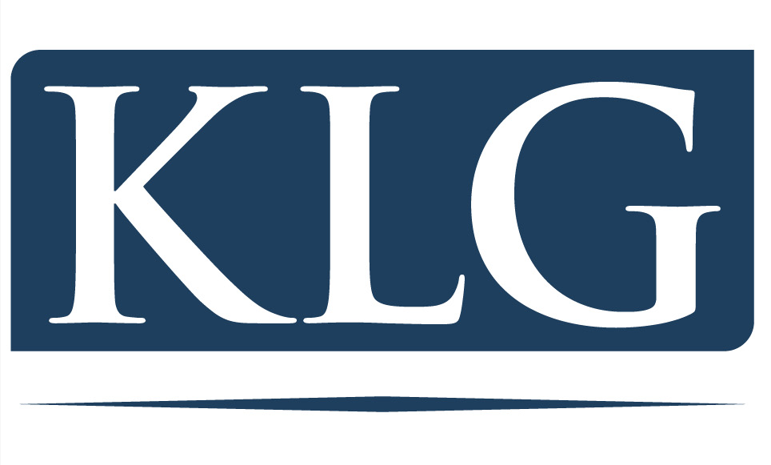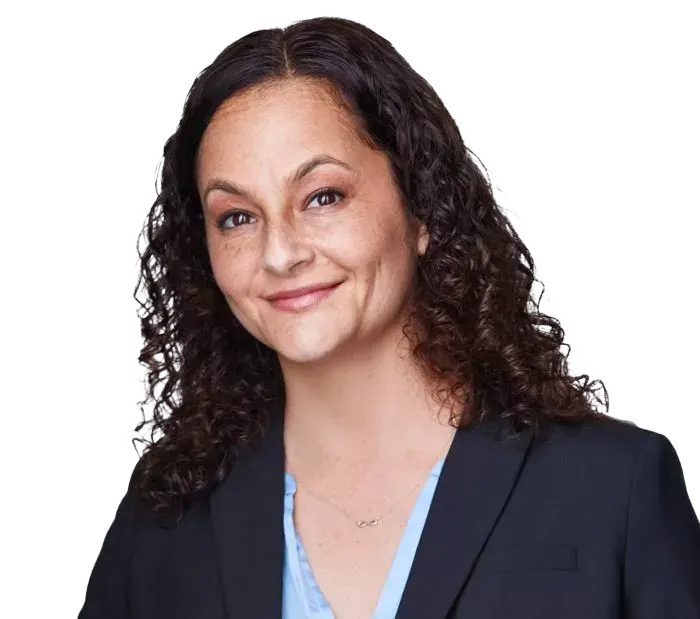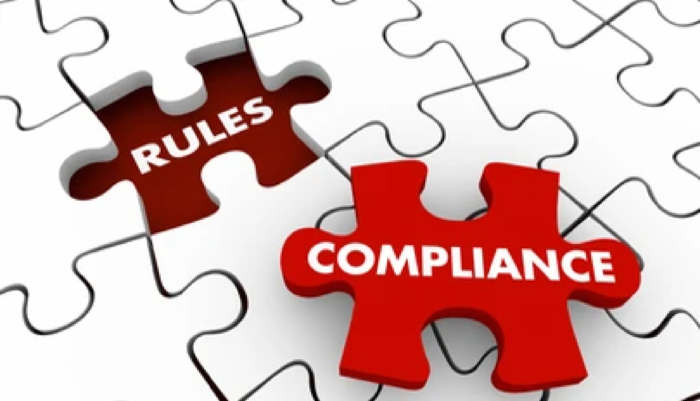
A trust is a legal tool commonly used in estate planning to direct the disposition of a person’s assets after they die. Once the trust creator (referred to as a settlor, grantor or trustor) dies, their trust will usually become irrevocable, meaning that the trust won’t be able to be revoked or further amended. However, can a trust be amended during the settlor’s lifetime?
When a trust is a revocable living trust, the settlor can change or revoke it during their lifetime, but only if they have mental capacity at the time they’re revoking or amending it. It’s common for a settlor to amend their trust when their life circumstances change. For example, they may change their trust if they get married, divorced or have a child.
When amending a trust, it’s crucial the settlor follow the trust amendment requirements set forth in the trust instrument, if any, or applicable state law. If they fail to do so, their trust amendment could be deemed invalid, resulting in their trust assets being disposed of in accordance with a prior valid version of their trust.
Would the use of a trust amendment form make an amendment to a trust valid? Does a trust amendment need to be notarized to be valid? Does an amendment to a trust need to be recorded to be valid?
In this article, Keystone explores the factors that make a trust amendment valid in California through the lens of the California Court of Appeal case Trotter v. Van Dyck.
How to Amend a Trust
According to Probate Code section 15402, if a settlor creates a revocable living trust and later wishes to change it, they initially should look to the terms of the trust to find thetrust modification method they should employ to amend the trust. If no method is described in the trust terms, California law stipulates that the settlor can amend their trust using the statutory procedure for revocation described in Probate Code section 15401.
What if It Seems California’s Trust Amendment Requirements Haven’t Been Followed?
If a dispute were to arise after the settlor’s death surrounding the validity of a trust amendment, the court will look to the terms of the trust and the specific facts surrounding the trust amendment to resolve the trust dispute.
Trotter v. Van Dyck: Can an Informal Questionnaire and Emails Express an Intent to Amend a Trust?
In the case of Trotter v. Van Dyck, the trust allowed the surviving settlor to amend the trust “by an instrument in writing signed” by the settlor and delivered to the successor trustee.
The settlor, Mary Trotter (“Mary”) and then- sole trustee of the Trust, wished to amend her trust, so she exchanged emails with her son and her estate planning attorney indicating the changes she wanted to make.
Mary emailed her son the following:
“My mind is quite clear now as [to] how to move forward on the house and will
I will write it out and then we need to see that the lawyer gets a copy asap and start redoing the will and trust.
1. The house will go to you
2. My cash assets will be divided among my five children; nothing to Wendy
The rest of selected items will be assigned to different children/grandchildren and I’m working on that list
Thanks, mom”
After receiving the above email, Mary’s son Timothy emailed Mary’s estate planning attorney and copied Mary on the email. Timothy notified the attorney that Mary “want [sic] to make some updates on her personal stuff,” that they were “working on getting the financials all up to date …” and asked whether the attorney was “available to meet on Zoom or phone to discuss.”
The attorney responded, proposing a teleconference “relative to any updates/amendments Mary wants to make to her Trust ….” Mary responded, providing her availability for a telephone call, and requested that the attorney forward her any “questionnaires regarding the changes” if he had any for her to complete.
The attorney replied to Mary via email a few days later:
“Attached to this message is my Questionnaire/Estate Plan Data Sheet that you can use to indicate the changes you want to make to your Trust …
And I will have time tomorrow …. if you want to discuss the changes by phone ….
But if you want to review the Questionnaire in greater detail, and then schedule a
time to talk next week, that works for me too.”
The attorney provided Mary dates he was available to talk. Mary responded that she was “working on the questionnaire and will email tonight or tomorrow morning. We can decide then about what we may need to discuss.”
Settlor Expresses Intent to Disinherit Van Dyck in Questionnaire
Mary completed the questionnaire by hand and emailed the attorney a scanned copy of it. There were many parts of the questionnaire that were left blank, including the section that requested the biographical information of family members, as well as the “Dispository Plan” that said to “describe in detail” who should inherit when Mary died.
In the section that listed “Children and Grandchildren,” Mary listed her children’s names, and next to Wendy Trotter Van Dyck (“Van Dyck”), she drew an asterisk and placed another asterisk at the bottom of the page that stated: “NO CONTACT – WOULD PREFER TO DROP FROM WILL – IF POSSIBLE.”
On the following page, Mary drew asterisks next to certain lines where “Stocks and Mutual Funds” were listed and placed another asterisk in the footer that stated: “1 SHARE APPLE – FOR [beneficiary J.] – DISCUSS ACCT FOR [beneficiary J.].”
Mary had surgery the day after she emailed the questionnaire to the attorney and subsequently died a few weeks after the surgery without executing an amendment to the trust.
Court Examines Settlor’s Writings to Determine Whether Van Dyck Was Removed From the Trust
Following Mary’s death, a dispute arose surrounding the operative estate planning documents. As a result, the successor trustee, Mary’s son, filed a petition for instructions with the court seeking, among other things, guidance about whether Van Dyck had been removed as a trust beneficiary due to Mary’s writings in the questionnaire and emails.
The court looked at two important issues surrounding the trust amendments: 1) whether the Uniform Electronic Transactions Act (“UETA”) found in California Civil Code sections 1633.1 – 1633.17 applies to trust amendments to satisfy the signed writing requirement; and 2) whether certain writings, including emails and a completed estate planning questionnaire, expressed an intent to amend the trust by the writings themselves.
Court Considers Whether UETA Applies to Trust Amendments
First, the court examined whether the writings were “signed” electronically, since the trust required a signed writing to amend it. The parties did not dispute that, unless the settlor was deemed to have signed the writings electronically, the writings were not “signed” as required by the trust.
In certain contexts, the UETA provides that an electronic record satisfies the requirements that a record be in writing, and an electronic signature satisfies the requirement that the writing be signed. However, by its own terms, the UETA only applies “to a transaction between parties each of which has agreed to conduct the transaction by electronic means.” The UETA defines “transaction” as “an action or set of actions occurring between two or more persons relating to the conduct of business, commercial or governmental affairs.”
The court also examined a trust amendment in general, and asked if it was a “transaction,” such that the UETA could apply to satisfy the requirement that the writing was signed. The court found that “transaction” does not include “unilateral or non-transactional actions.” A “transaction must include interaction between two or more persons. Consequently, to the extent that the execution of a will, trust or health care power of attorney … does not involve another person and is a unilateral act, it would not be covered by this Act” because it is “12ot occurring as a part of a transaction as defined in this Act.”
Ultimately, the court determined that a trust amendment falls within the category of a unilateral act and is thus excluded from the UETA.
Court Considers Whether Settlor’s Writings Express Intent to Amend the Trust
Next, the court examined whether Mary’s writings expressed an intent to amend the trust by the writings themselves.
Before determining what Mary intended by the language stated in the writings, it must “appear that [the] decedent intended to make a testamentary disposition by that particular paper, and if this cannot be shown it is immaterial that [her] testamentary intentions were … in conformity with [the requirements of the trust].”
In other words, before the court examines what the language in the writing means, the court must look at the intent with which it was executed to determine if the settlor “intended that the trust be amended by the writing itself, and not by some subsequent document.” To show intent, “it must satisfactorily appear that the maker of the instrument intended by the very paper itself to make a disposition.”
Both the language and the context of Mary’s writings alone and taken together show they were “drafted in anticipation of a formal agreement” to happen at some future time. Mary’s email to her son said that she was clear as to “how to move forward on the house and will,” that she would write it out, and that they needed to get it to the lawyer to “start redoing the will and trust.” Mary stated a desire to leave nothing to Van Dyck, but the email as a whole indicated that Mary would make a formal amendment with the attorney in the future.
Mary’s son’s email to the attorney was also anticipatory in nature. He stated that Mary wanted to “make some updates on her personal stuff” and asked when the attorney was available to meet to discuss. The emails notified the attorney that Mary wanted to make some changes and further discuss those changes, which contradicts the notion that the emails themselves were intended to serve as an amendment to the trust.
Furthermore, the attorney’s response shows that he thought Mary and her son’s request was one for future action “relative to any updates/amendments Mary wants to make to her Trust … maybe we can schedule a phone conference.”
Mary’s response requesting the questionnaire shows that she knew there was another step in the process and that she anticipated speaking to the attorney at least one more time. Once again, the attorney anticipated further action to effectuate a trust amendment when he asked Mary to “indicate the changes you want to make” on the questionnaire and they “could schedule a time to talk” to review the questionnaire. This supports the notion that the questionnaire was to aid in the process of amending the trust.
The questionnaire itself also supports the notion that Mary lacked the intent for it to serve as a trust amendment — the “Dispository Plan,” which was supposed to “describe in detail” the intended dispositions upon death, was left blank. In addition, Mary left notes that she wanted to “discuss” certain items and that she would “prefer” to drop Van Dyck “if possible.”
According to the court, “The precatory nature of these handwritten notes supports the conclusion that Mary did not intend for the questionnaire to be a final amendment of the Trust.”
Court Concludes Settlor’s Writings Did Not Amend the Trust
Overall, the court found that the settlor’s intent must be “ascertained from the whole of the trust instrument, not just separate parts of it.” When Mary’s writings were taken as a whole, they were nothing more than communications between an attorney and client about future potential amendments to the trust, which the attorney would later formalize.
Accordingly, the court found that Mary’s writings did not amend the trust.

Key Takeaways: Act Quickly to Finalize Trust Amendments but Ensure You Are Using the Correct Method
The court determined the UETA does not apply to wills, codicils, testamentary trusts and revocable trusts because a trust amendment does not constitute a “transaction” between parties, since it is a unilateral action by the settlor. For this reason, it does not fall under the purview of the UETA and an electronic signature is not sufficient to satisfy the “signed writing” requirement under the Probate Code. Although it was clear the settlor in this case intended to amend her trust after discussing her proposed changes to the trust with her attorney, her writings failed to indicate that they should themselves serve as the method for amending the trust. Since a settlor’s intent to amend a trust must be deemed from the terms of the writings themselves taken as a whole, her intention to disinherit her daughter from her trust could not be carried out.
In sum, if you are seeking to amend a trust, it is crucial you take swift action to formalize trust amendments using the correct method. If you have questions regarding the correct method to use or need assistance executing trust amendments, speaking with a qualified estate planning attorney is of utmost importance.
Want to learn more about trust modification?
- Keystone’s article “When a Trust Modification Method Is Specified in the Trust Instructions – That Method Must Be Followed Exactly for a Trust Amendment to Be Valid” delves into the background of two landmark Courts of Appeal cases on the issue
- “Can the Statutory Method for Trust Modification Be Used if the Trust Itself Provides a Modification Method?” delves into the Supreme Court’s review of one of those cases, Haggerty v. Thornton.
Have trust-related questions? Our attorneys can help.
Whether you are creating, disputing or managing a trust, seeking legal guidance is essential. Trusts are complex legal arrangements, so even a small error could result in significant consequences.
At Keystone Law Group, we focus exclusively on probate litigation and administration. For those seeking assistance in creating a trust, we are happy to provide referrals to trusted estate planning attorneys. However, if you are involved in a trust dispute or require assistance with managing a trust, our team of experienced attorneys can help with any challenges you may encounter.
Call us today to request a consultation and discover how we can support you in navigating your legal matters. We look forward to assisting you.




